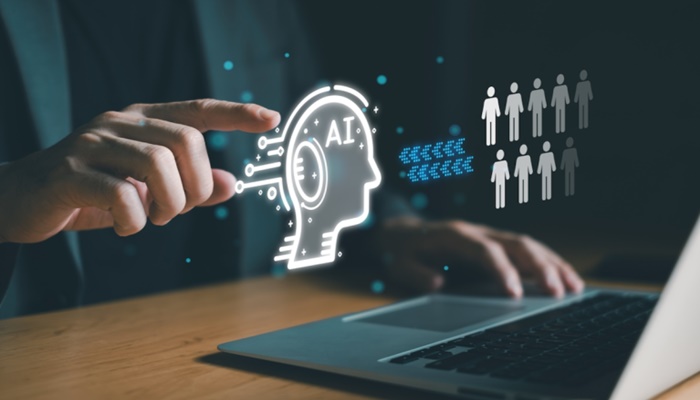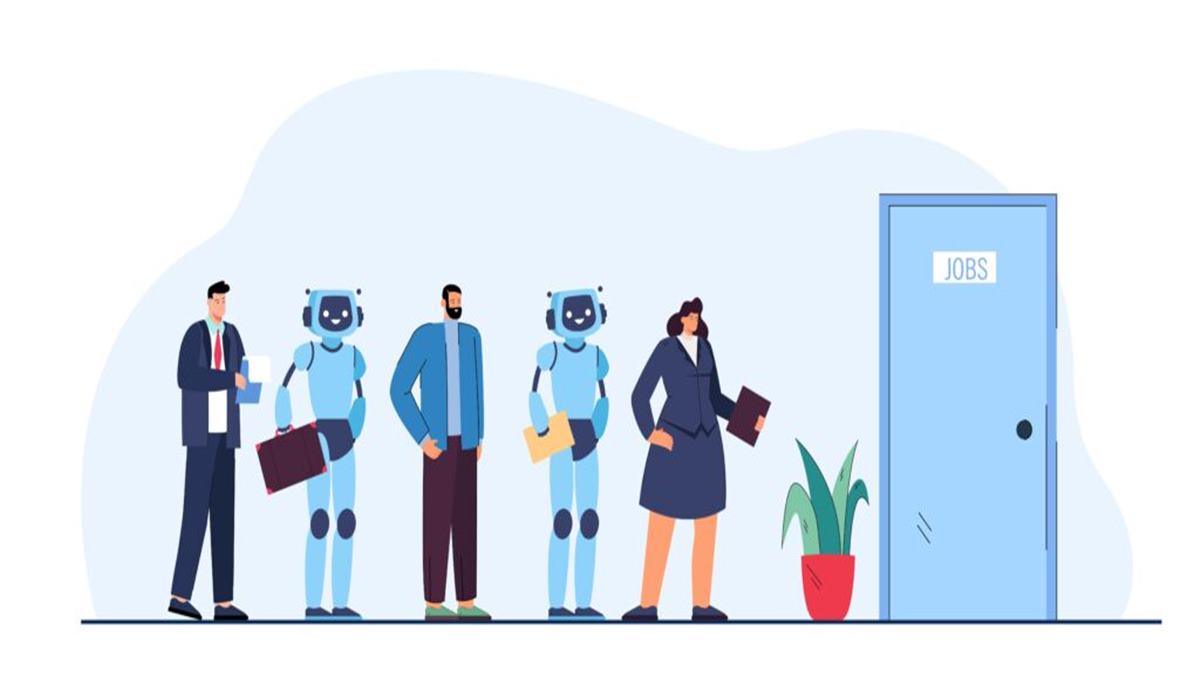Companies across a broad array of industries and business sectors are announcing layoffs in May, according to WARNtracker.net, a national website where companies are required to report such moves. From retail to banking, food service to technology, over 120 companies are letting workers go by the dozens – or by the hundreds – according to reports published in Newsweek. Against this backdrop, organizations and employees are questioning the role of middle managers, moving towards self-directed work teams, and taking steps to cut into the middle. Meta CEO Mark Zuckerberg led the charge months ago, saying that “managers managing managers” is a symbol of inefficiency, not support. Companies like Citi followed, reducing its 13 levels of management to eight. According to a survey from Korn Ferry, 44% of companies have cut back at the manager level. And that trend is expected to continue: Gartner predicts that 20% of organizations will use AI to flatten their organizations, eliminating more than half of current middle management in 2026.
Layoffs: Is It All AI’s Fault?
Perhaps it’s time to explore what leaders are really thinking in the age of AI. Planning, organizing and allocating resources are key parts of the manager’s job description. Setting goals, or OKRs (Objectives and Key Results), is the first step in tracking performance and accountability from teams. Couldn’t AI be used to allocate resources, identify and communicate goals, and provide follow-ups to ensure performance? Could agentic AI create work schedules, and provide follow-up reminders to direct performance, guide learning and increase personal development? For anyone who’s used DuoLingo, the answer is, “Yes.” Welcome to your performance review, conducted by ChatGPT.
Perhaps the above analysis misses a key component of what managers really do: they coach and encourage their employees on an interpersonal (human) level. What happens when that connection is lost? Losing managers can leave employees feeling “directionless”, according to Korn Ferry – where 40% of recent survey respondents identify this kind of uncertainty when managers are let go. Notice that sentiment and shareholder value are two different things. The fact is, AI is inevitable. That’s why it’s vital that employees (especially executives and managers) get clear on what’s ahead.
Self-Directed Work Teams: Going Beyond Layoffs
When companies provide guidance and training on self-directed work teams (emphasizing the importance of self-leadership) they provide a new framework for decision making and performance. The key metric here, for business leaders, isn’t a layoff statistic. It’s a measurement of engagement.
Gallup reports that engagement has dropped another 2%, costing the world economy an estimated $438 billion in lost productivity. Instead of lamenting the current shifts around middle management, organizations need to take steps to drive employee engagement – a suffering metric that is directly tied to profitability, growth and customer expansion. At the heart of engagement is a two-part communication issue, for leaders and executives: (1) Can you walk the talk? and (2) What, exactly, is the talk?
A Harvard Business Review post on the “Middle Manager of the Future” features this ambitious subheading: “Skilled middle managers foster collaboration, inspire employees and link important functions at companies.” Middle managers aren’t an endangered species, according to the article. They are evolving. But towards what exactly? For forward-thinking leaders, the manager evolution points towards more self-directed work teams.
Becoming Manager-Proof in the Age of AI and Layoffs
Preparing for the future, for individual contributors and job seekers, means understanding how to be “manager-proof”. Do you embrace self-directed work teams – not from a classroom standpoint, but from a practical one? Are you able to take ownership of tasks and responsibilities, identifying what needs to be done, with clarity? Inside the self-directed work team, are you able to be persuasive, clear and compelling as you share your ideas?
In the age of AI, survival of the fittest means taking greater ownership in your role – and your career. Being able to identify what needs to be done, and the resources needed to do it, is everybody’s job right now. Middle management is shrinking – but self-leadership has never been more important.
Sophisticated leaders know that driving engagement begins with clear communication around a company’s purpose. For employees, that same kind of clarity of purpose is required. The past has passed; the future of work is changing right now. How is your purpose aligned (aka “engaged”) in the world of AI?
Gallup says that “if the world’s workplace was [sic] fully engaged, $9.6 trillion in productivity could be added to the global economy.” Making employees manager-proof is the first step, on a human level, for improving engagement in age of AI. Training and coaching is key to understanding the new paradigm.
For leaders, concentrate on what your organization needs, right now: greater engagement. If you are going to move forward in you career, at any level, focus on self-leadership. And if you are struggling with where you are, and where your career or company is headed: coaching can help. You want to have every possible resource enrolled in your success. For high-growth executives, coaching the organization around greater ownership, human insight, and collaboration (with or without managers) is crucial to your purpose. And your company’s profits. In a world where layoffs continue, self-leadership is the key to the future of work.




















